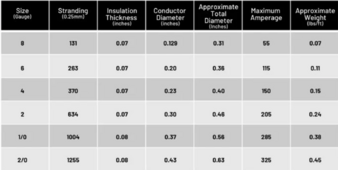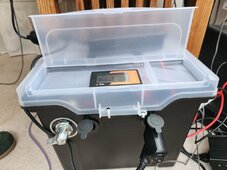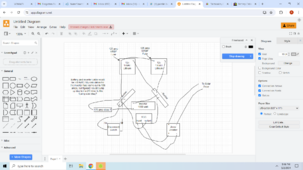I'm wanting to put two 12v 100ah lithium batteries in parallel with a 1500 watt inverter on a travel trailer.
I'm just reading that some folks say to fuse each positive from the two batteries and others say just one fuse for max inverter draw. I'm also using a busbar and disconnect switch. Just having a little uncertainty about the fusing options here and best practices. My two batteries will be 100ah and some say 100 amp fuse on each positive and others say 150 amp on each positive due to the surge allowed on each 100ah battery. My previous smaller setup, with only one battery had just the one fuse between the inverter and the battery and of course appropriate fusing on the SSC and a properly sized solar disconnect/breaker.
These T-class fuses that are recommended are not cheap, but I'm happy to spend the $ for whatever offers the better protection. I do have some understanding of wire guage sizing and was plan on 2/0.
Appreciate the help
I'm just reading that some folks say to fuse each positive from the two batteries and others say just one fuse for max inverter draw. I'm also using a busbar and disconnect switch. Just having a little uncertainty about the fusing options here and best practices. My two batteries will be 100ah and some say 100 amp fuse on each positive and others say 150 amp on each positive due to the surge allowed on each 100ah battery. My previous smaller setup, with only one battery had just the one fuse between the inverter and the battery and of course appropriate fusing on the SSC and a properly sized solar disconnect/breaker.
These T-class fuses that are recommended are not cheap, but I'm happy to spend the $ for whatever offers the better protection. I do have some understanding of wire guage sizing and was plan on 2/0.
Appreciate the help







